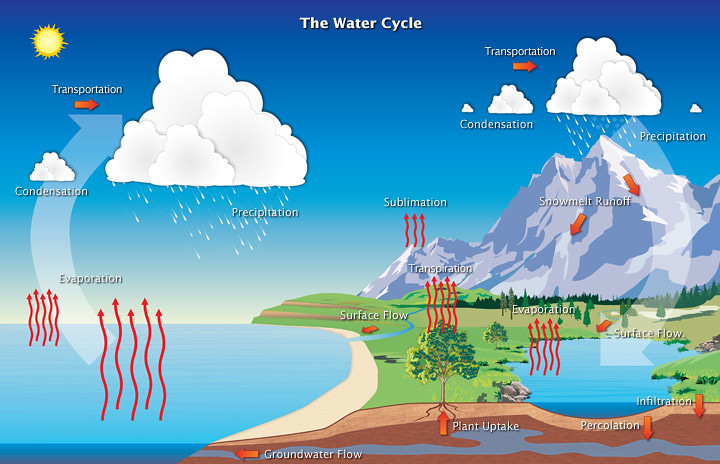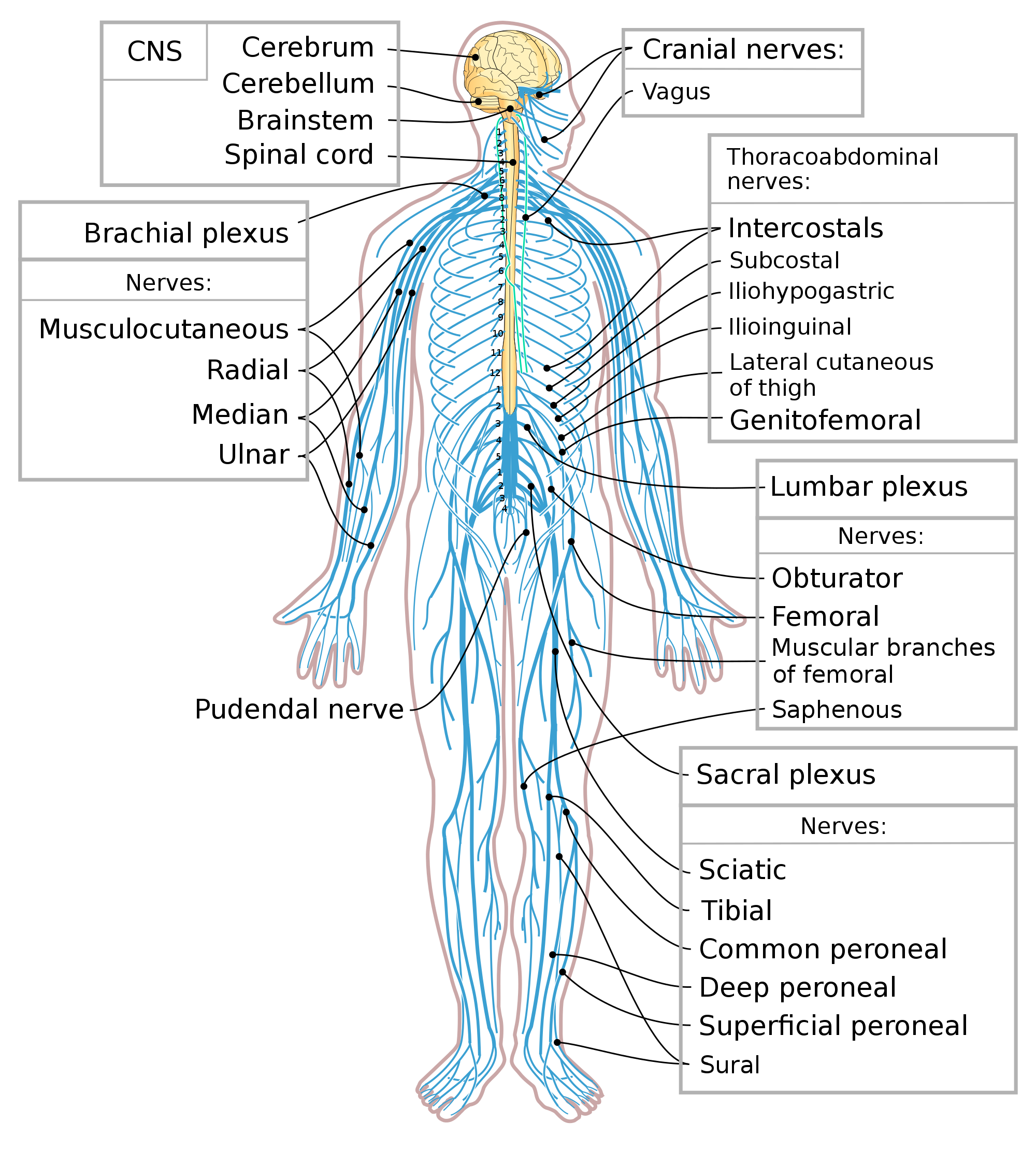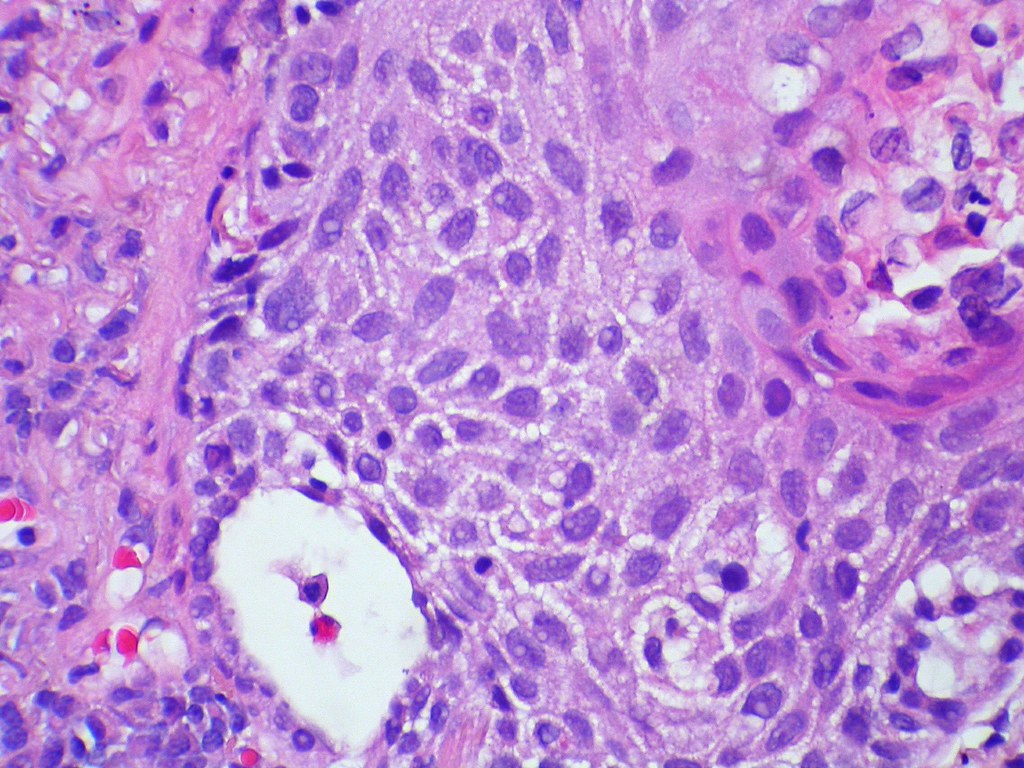| https://upload.wikimedia.org/wikipedia/commons/thumb/1/12/Selling_girl_scout_cookies.JPG/2592px-Selling_girl_scout_cookies.JPG |
Summary: To prepare for the charity fair, we had to do many things. First, we decided which charity we were going to support and the partners we were going to have. Then we gathered research on our charity like, what it does with the money, and what its mission is and what it does to the patients, etc. Then we made an ignite presentation. We presented our charity to the class. After that, we made our trifold posters and items. Then we set up and sold our things. I learned many ways to get more people at least interested in our items. Maybe go, buy 1 get 1 free. Or maybe lower the price.
Back Ward Looking:
How much did you know about the subject before we started? l didn't know anything about the charity fair. Nothing about selling, or the carbon footprint, not even about researching charities. Inward-Looking: What was especially satisfying to you about either the process or the finished product? I liked how much we worked together on it even though we were behind. We drew pictures instead of taking them, we worked together on the poster, we even were together for almost the whole night. Out-Ward Looking: What grade would you give it? Why? I would give it a A- or a B+ because we forgot to do real pictures and instead drew them. Forward Looking What would you improve upon? I would like to maybe make sure that every part of my work was done. |
Thursday, December 17, 2015
Charity Fair Project Blog
Saturday, December 12, 2015
Weather- Water Cycle
Thursday, December 3, 2015
Weather 12/3/15
| http://www.bateriapercusion.com/tfiles/anuncio34-img1-schneien1.jpg |
S&EP: SP4
I used a graph to analyze the data of the layers of atmosphere. We were using for measuring temperature and adding where it began and ended. We also drew what "lives" there. Like jets in the stratosphere and weather in the troposphere.
Monday, November 16, 2015
Letter to Mr. Cuttatree 11/20/15
Letter to Mr. Cuttatree
Dear Mr. Cuttatree,
I am the Resplendent Quetzal. I am writing to you today to tell you a bit about myself and what I do for the rain forest so you may consider not building the Uppity Resort.
My scientific name is Pharomachrus Moccino. I am said to be the most beautiful bird in the world. I have a green head, a blue back, a red chest, and the rest of my feathers are black and white. The magnificent tail feathers that I have are two feet long, almost three times as long as my body! The fuzz on my head is green and sticks straight up. My beak is small and is a yellow orange in color.
I eat many things like a variety of fruits that grow on a variety of trees. If you cut them all down, my friends will die. I eat things like figs and a variety of insects that all live in the rain forest. My favorite foods are wild avacadoes! I swallow them whole and regurgitate the pits onto the ground. I help the trees spread. I eat things like lizards, frogs, snails, and larvae. My babies eat invertebrate, reptiles, and amphibians, but begin to eat fruit as they mature.
My eggs and young ones are food for toucans. The kinkajou, jays, squirrels, and weasels will eat me too. Hawks, Owls, and other birds of prey will also enjoy me. I have to protect my children. The way I do this is I peck out a hole in a thick branch of a tree. I will make my nest in the hole and sit on the nest, taking turns with a male bird. I keep them there under me or the male and the one who is not sitting on the eggs or young goes to hunt. We also keep them there until they are strong enough to fly. When they are, they leave the nest and are on their own. There is a lot of great sadness, though, only about 20% of the young we produce lives to leave the nest.
A type of symbiosis there is between the avacado tree and me is I spread the seeds of the tree around the rain forest. If the rainforest did not have me, they would die. The avacado tree would die. So would the kinkajou, the hawk, the owl, and all the other animals that eat me. Then the hawk who eats mice would die and then there would be too many mice and things like that.
Respectfully,

Resplendent Quetzal
I eat many things like a variety of fruits that grow on a variety of trees. If you cut them all down, my friends will die. I eat things like figs and a variety of insects that all live in the rain forest. My favorite foods are wild avacadoes! I swallow them whole and regurgitate the pits onto the ground. I help the trees spread. I eat things like lizards, frogs, snails, and larvae. My babies eat invertebrate, reptiles, and amphibians, but begin to eat fruit as they mature.
My eggs and young ones are food for toucans. The kinkajou, jays, squirrels, and weasels will eat me too. Hawks, Owls, and other birds of prey will also enjoy me. I have to protect my children. The way I do this is I peck out a hole in a thick branch of a tree. I will make my nest in the hole and sit on the nest, taking turns with a male bird. I keep them there under me or the male and the one who is not sitting on the eggs or young goes to hunt. We also keep them there until they are strong enough to fly. When they are, they leave the nest and are on their own. There is a lot of great sadness, though, only about 20% of the young we produce lives to leave the nest.
A type of symbiosis there is between the avacado tree and me is I spread the seeds of the tree around the rain forest. If the rainforest did not have me, they would die. The avacado tree would die. So would the kinkajou, the hawk, the owl, and all the other animals that eat me. Then the hawk who eats mice would die and then there would be too many mice and things like that.
Respectfully,

Resplendent Quetzal
Thursday, November 12, 2015
Letter to Mr. Cuttatree Project 11/12/15
| http://www.ventbird.com/system/photo/image/4452/standard/Resplendent_Quetzal_by_David_Wolf.jpg |
S&EP: SP7
We are trying to send a letter to Mr. Cuttatree telling him not to cut down the rainforest. We have to tell him from the perspective of a living organism in the rainforest. Maybe the he will reconsider.
Friday, November 6, 2015
Food Webs 11/6/15
Thursday, October 29, 2015
Photosynthesis 10/29/15
Thursday, October 22, 2015
Body Systems Project Blog
| http://sociallyconsciousbird.com/storage/hlbio/digestivecomplete.jpg |
Summary: This week we were presenting our best body systems in a supporting role projects. There was a winner- the skeletal system! It was so fun and I learned a lot about the different systems. Like urine is toxic and if you didn't have a skull your brain would fall into your stomach. Ew. The skeletal system did a little skit for their compelling argument. I personally couldn't hear anything, but everybody else liked it. I really liked what the other groups did too. This project was really fun and I learned a lot about the body systems.
Backward looking: What process did you go through to produce this piece?
I went through a good process to finish my work. Me and my group were starting the labeled diagram of the nervous system. Then some of them decided to move on to the interview. Once we were done with the drawing, We did the rest of the interview and Started the compelling argument. When we were done we began a draft of the acceptance speech.
Inward looking: What parts did you find satisfying about the process and /or the finished product?
I really liked the way we got every thing done on time and were ready to present our work to the class. This was satisfying because we saw the work being done and we were working together a lot. What I think we could have done better was we could have done all the parts together and see what we need to do and what we need to save till the end.
outward looking: What the one thing you particularly want people to notice when they look at your work?
Well, I want people to look at it and say,"Wow, that group looked like the y were really working together on this!" They would be impressed on how much work we did and how much we were doing. Wé want them to look at it and be proud.
Forward looking: What is one thing that you want to improve on?
I want to work together on the task at hand so we can get all the work done productively.
Backward looking: What process did you go through to produce this piece?
I went through a good process to finish my work. Me and my group were starting the labeled diagram of the nervous system. Then some of them decided to move on to the interview. Once we were done with the drawing, We did the rest of the interview and Started the compelling argument. When we were done we began a draft of the acceptance speech.
Inward looking: What parts did you find satisfying about the process and /or the finished product?
I really liked the way we got every thing done on time and were ready to present our work to the class. This was satisfying because we saw the work being done and we were working together a lot. What I think we could have done better was we could have done all the parts together and see what we need to do and what we need to save till the end.
outward looking: What the one thing you particularly want people to notice when they look at your work?
Well, I want people to look at it and say,"Wow, that group looked like the y were really working together on this!" They would be impressed on how much work we did and how much we were doing. Wé want them to look at it and be proud.
Forward looking: What is one thing that you want to improve on?
I want to work together on the task at hand so we can get all the work done productively.
Friday, October 16, 2015
Body Systems Project 10/16
Friday, October 9, 2015
Body Systems 10/9
 |
| https://upload.wikimedia.org/wikipedia/commons/d/d3/1201_Overview_of_Nervous_System.jpg |
S&EP - SP1
Did you ask a scientific question?
We did! We answered a scientific question! I established what is already known about the nervous system by watching videos and taking notes. I asked myself, Am I making an assumption? and if I am, is my assumption correct? My assumption was that the human body could not survive without the nervous system, and I was correct!
Friday, October 2, 2015
Body Systems Weekly Blog 09/28-10/02
.gif) |
| https://upload.wikimedia.org/wikipedia/commons/5/59/Lungs_(animated).gif |
Summary: This week we were talking about the body systems. We were watching videos about the respiratory system, the circulatory system, and the digestive system. We learned the oxygen goes to the heart and leaves the heart as carbon dioxide. We walked the path air did. We had drawn a chalk diagram so we could see where the air went in and out.
|
S&EP
SP2: Developing and using models.
We built lungs to see the parts of one. For the rib cage, we used a plastic bottle.
For the diaphragm, we used a cut up balloon. For the trichia, we had a real balloon.
Thursday, September 24, 2015
Organelle Trail Project Blog 9/24/15
Summary: This week we continued our cell unit. The organelles that live in both plants and animals are the vacuole, the nucleus, the mitochondria and the cytoplasm. The ones who only live in plant cells are the chloroplast and the cell wall. The vacuole stores food, water, sugar and waste. It looks like a bubble. Plants have one big vacuole, and animals have a bunch of little ones. The cytoplasm it a jelly-like substance that suspends all the other organelles in place. The cell wall holds up the plant. The chloroplast turns light into energy.The nucleus is the brain of the cell. The mitochondria provides energy for the cell. The cell membrane lets things go inside and out of the cell.
Backward looking: How much did you know before the project? I didn't know very much about cells at all. My old school was not very big on science education. We started talking about plant cells, but that was once a week and we were in 4th grade. We didn't do very much. All we did is read the definitions of the organelle. Then, we made a cell out of candy, yogurt and fruit. That was fun, but I like this better.
Inward looking: What did you like about the project? What was satisfying? The physical description was very satisfying. The picture was very realistic.I feel very proud of the work that my team accomplished. I had a lot of help that was badly needed. On the day it was due, we were very productive.
Outward looking: What grade would you give it? why? I would give my project a B+ because our poster does not even look like a wanted poster. We forgot it was supposed to even be a wanted poster so we made it as though it was informative. The pictures and crime are really corny. And I wrote Academics instead of Accomplices!The picture under that is weird.
Forward looking: One thing I want to improve for next time is.....
I want to make it look more like a wanted poster. And even though you can't tell, we were arguing a lot. Tuesday was our only productive day. We were spending all our time fussing over a worthless google doc. This is what I want to improve on.
Friday, September 18, 2015
Cells 9/18/15
Friday, September 11, 2015
Project Reflection 0907-0911
| http://opencage.info/pics/files/800_5628.jpg |
- Science helps you "fix things."
- science can save lives!
- science helps you figure out how things work
Backward Looking
Which recourses did you use on this piece? Which ones were helpful? Which ones will you use again?
The thing that I found helpful was my science notebook. I really found that helpful because I write all sorts of information in there and I found it nice to see my answers.
Inward Looking
What does this piece reveal about you as a learner?
I think that it reveals I am good at paying attention.
Outward Looking
What did you want people to see?
The three bullet points.
Forward Looking
One thing I want to improve is...
Typing up the blog.
Friday, September 4, 2015
Oreo Cookie Mystery
Sunday, August 30, 2015
The Scientific Method
 |
| https://upload.wikimedia.org/wikipedia/commons/d/df/Scientific_Method_3.jpg |
Summary:
In class this week, we were talking about the Scientific Method. There are seven parts to the Scientific Method. First, you start by asking a question. Then, form a hypothesis. Test your hypothesis with an experiment. A hypothesis is a scientific guess. Gather your data. You can use a data chart. Analyze the results of your experiment. A graph usually helps with that. Draw conclusions from the results. Finally, share the results with other scientists.
S&EP
SP1: Asking questions and defining problems
One of the first steps to becoming a scientist is knowing what is a scientific question and what is not. A scientific question is something that you can do an experiment to find out the answer.
Friday, August 28, 2015
What is science 08/28
Monday, August 24, 2015
Subscribe to:
Posts (Atom)
Is There Life in Space? 5/23/19
Link by NASA Solar System Exploration We all know the typical sci-fi movie where an alien monster drops out of some unknown pl...
-
Despite what scientists are saying and thinking, we are not in a sixth mass extinction. Though signs may point that direction, we aren’t th...
-
Cladograms are the charts scientists use to show how closely related organisms are and what traits they share. Cladograms are helpful becau...








